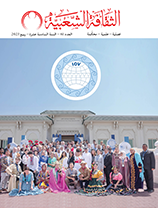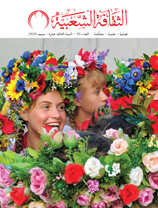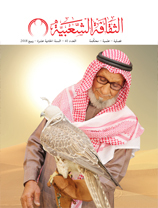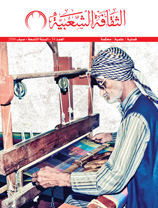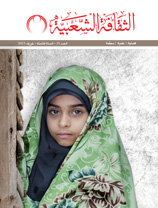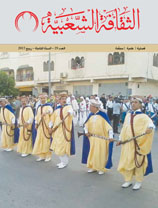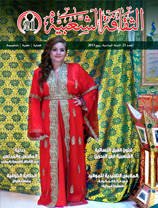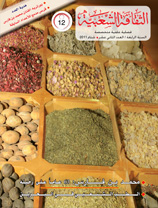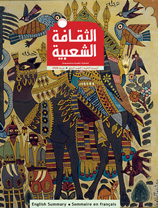An Anthropological Interpretation of Traditional Jewellery in Tlemcen
Issue 59

Dr. Drissi Thani Slaf
Traditional crafts are among the activities that can be traced back to ancient history, and they have been immortalised by the creativity of Algerians.
Traditional crafts are an essential element of Algerian culture and an affirmation of the Algerians' national character, embodying its richness, diversity and uniqueness. An ancient civilisation of people, whether they be in the east, north or south of the country, they are characterised by wonderful beauty and high artistic taste, meeting basic needs in the development of any society as a rule in industrialisation. And, because they stem from shared cultural aspects in terms of shapes, colours, materials, and symbols, they are a genuine reflection of people’s character and heritage and have become a massive and magnificent sociocultural museum.
Algerian traditional crafts, particularly in Tlemcen, are comprised of an aesthetic and artistic riches that reflects the people's civilisation as well as the religions and folk beliefs that prevailed in the past. Among these traditional crafts Tlemcen was known for, we find traditional jewellery. Since ancient times, women have sought to create and embellish jewellery using any natural resources they could find, including bones, shells, animal horns and teeth, as well as fruit and grains. Women also fashioned their jewellery from mouldable precious metals such as gold and silver, and embellished it with gemstones for creative, aesthetic, and spiritual values. When jewellery includes religious figures or symbols and talismans for protection to make an amulet with extraordinary powers, it surpasses material life and enters other realms. Such jewellery remains on the necks and chests of its owners throughout life, during funeral preparations, and in the grave. Therefore, it may be argued that Tlemcen’s traditional jewelleries reflect a collective culture, and that one can learn about the country's customs and traditions by studying the workmanship. Traditional jewellery are the most visible art forms that reflect a country's authenticity and folklore.
Traditional jewellery has artistic symbols with aesthetic, social and ethnographic meanings, and the artist's language communicates with and influences others. The decorative forms convey the history of the civilisations that have passed through the area, which gives them distinctive characteristics and a special identity, such as Andalusian, Turkish, Islamic or Tlemcen characteristics. The artisans depict Tlemcen’s customs, traditions, and values in jewellery, making them a beautiful and distinguished for of heritage.











